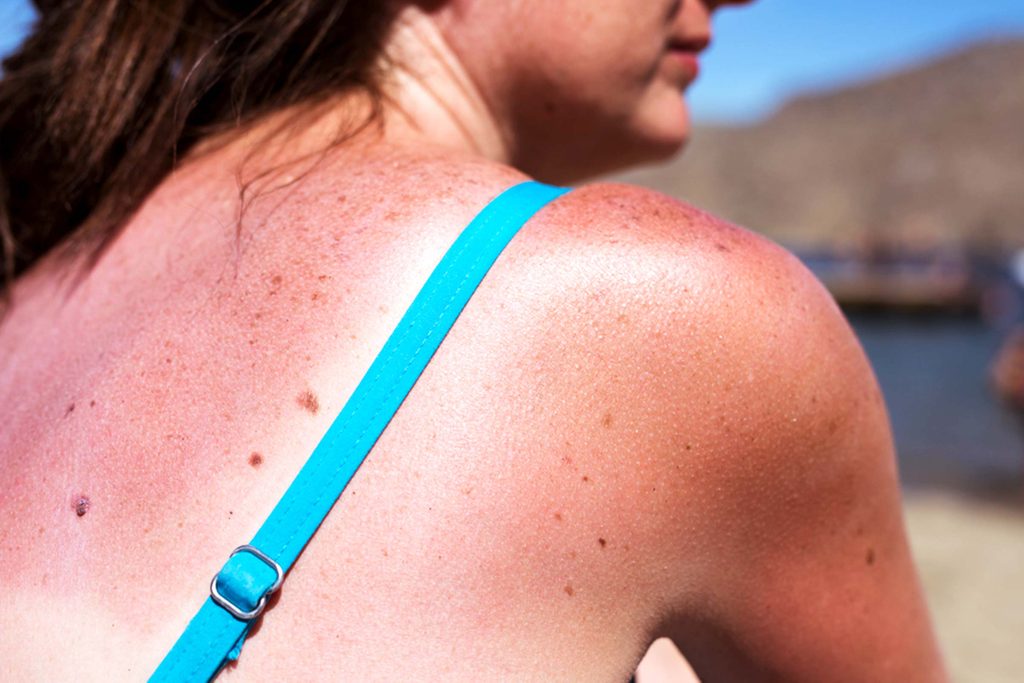Two Types of Skin Cancer Are Skyrocketing—Are You At Risk?
Updated: May 26, 2017
Ever had a bad sunburn? Addicted to tanning beds? Can't be bothered to lather up the sunscreen for that day at the beach—or on the slopes? Read on.
 When it comes to sun awareness, we’re at an all-time high: Everyone knows to wear hats and long sleeves and slather on protection in the summer, and we have plenty of info on choosing the right kind of sunscreen. So why are cases of two types of skin cancer skyrocketing, according to new research from the Mayo Clinic?
When it comes to sun awareness, we’re at an all-time high: Everyone knows to wear hats and long sleeves and slather on protection in the summer, and we have plenty of info on choosing the right kind of sunscreen. So why are cases of two types of skin cancer skyrocketing, according to new research from the Mayo Clinic?
For the study, Mayo researchers went to the Rochester Epidemiology Project—it has 50 years-worth of medical data from a network of medical clinics in Minnesota and Wisconsin. Drawing on records of nearly 145,000 people, the researchers tallied cases of the two most common types of skin cancer—basal cell carcinoma and squamous cell carcinoma—between 2000 and 2010. They found that basal cell diagnoses had risen 145 percent, and squamous cell diagnoses by 263 percent, compared to previous decades. Women between 30 and 49 years of age had the highest increase in diagnoses of basal cell carcinoma, while women between 40 and 59 and 70 and 79 had the highest increase in squamous cell carcinoma. Although men actually experienced a slight decline during the 2000s, they were being diagnosed with basal cell carcinomas at a much higher rate compared to earlier decades.
So what’s going on?
“We know that the sun and some artificial sunlight sources give off skin-damaging ultraviolet, or UV, rays,” says the study’s senior author, dermatologist Christian Baum, MD, in a press release from the Mayo Clinic. “This skin damage accumulates over time and can often lead to skin cancer.”
Dr. Baum notes that while the public health message about sun protection has been around for more than half a century, people may need to be more aware of the need for year-round sunscreen use. Tanning beds are another problem: They began to really grow in popularity in the 1980s, he points out. Though tanning in general has lost its hype, Dr. Baum notes that beaches will never be empty, and tanning beds still exist in strip malls across the country. “Eventually those blistering sunburns of your youth and hot, reddened skin, and peeling shoulders of adulthood can add up to one or more skin cancers.”
Basal and squamous cell carcinomas may not be as deadly as melanoma, says Dr. Baum, but they can still pose serious threat to your health. “Use sunscreen,” he urges. “This includes on your left arm for those who do a lot of driving. UV rays can penetrate car windows—even when the sun isn’t shining. UV rays bounce around under the clouds, off the snow, buildings, and more, causing damage—even on gray days.”
